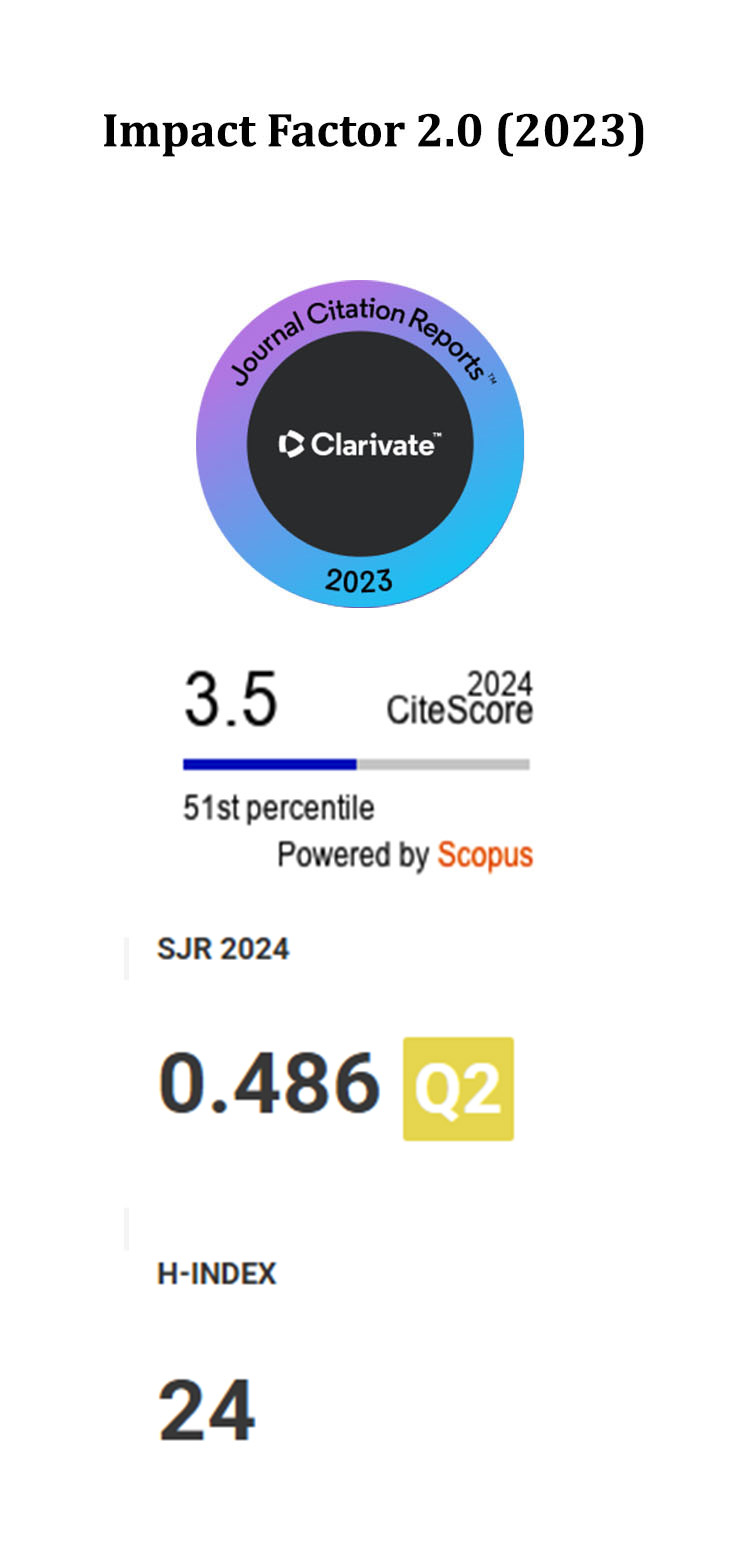Personalized Intelligent Recommendation Model for Educational Games Based on Data Mining
DOI:
https://doi.org/10.5755/j01.itc.54.1.37088Keywords:
Data mining, Educational games, Recommendation algorithm, K-means clustering, Collaborative filtering, Covering rough granular layer clusteringAbstract
In the era of Big data, how to filter massive information and push it to appropriate users is a subject that has been explored in computer information technology. In this context, in view of the poor effect of educational game recommendation affected by data sparsity, a collaborative filtering recommendation (CFR) algorithm integrating the covering rough granular layer clustering (CRGLC) and K-means clustering is proposed. On the basis of the K-means clustering CFR model, granular computing (GC) is introduced to build a covering rough granular space (CRGS) based on the user's comprehensive score and game type. By setting and adjusting coverage coefficients, local rough particle (LRP) sets of game users are searched under different particle layers to mitigate the impact of data sparsity. The improved algorithm is tested on the data sets with the sparsity of 0.937 and 0.901, and the mean absolute error (MAE) values of the two are 0.708 and 0.716. The results are relatively close, indicating that the model can effectively improve the accuracy of the model in the case of sparse data. Research is organized on the classification accuracy of the model, and the accuracy and F1 scores are 0.880 and 0.826, which are higher than the social spatial-temporal probabilistic matrix factorization and Slope One models in the literature. This indicates that the model is more accurate in identifying and classifying game types and is more conducive to educational game recommendations. In practical application performance testing, the model has small and large intra-cluster variations, resulting in good clustering performance. Compared with the known and better recommended algorithms of attributes clustering and score matrix filtering, dynamic evolutionary collaborative filtering, double trace normal minimization, and evolutionary heterogeneous clustering collaborative filtering, its MAE and root-mean-square error of scoring prediction are the lowest. By using this model to predict ratings for 500 user samples, the error is only 2.8%. It has been proved that this algorithm has higher accuracy in educational game recommendations. Overall, the innovation of the algorithm lies in the fusion of CRGLC and K-means clustering, and the introduction of grain computing to deal with the data sparsity problem and improve the recommendation accuracy. This research has some practical value in solving the problem of sparse data in educational game recommendations.
Downloads
Published
Issue
Section
License
Copyright terms are indicated in the Republic of Lithuania Law on Copyright and Related Rights, Articles 4-37.




